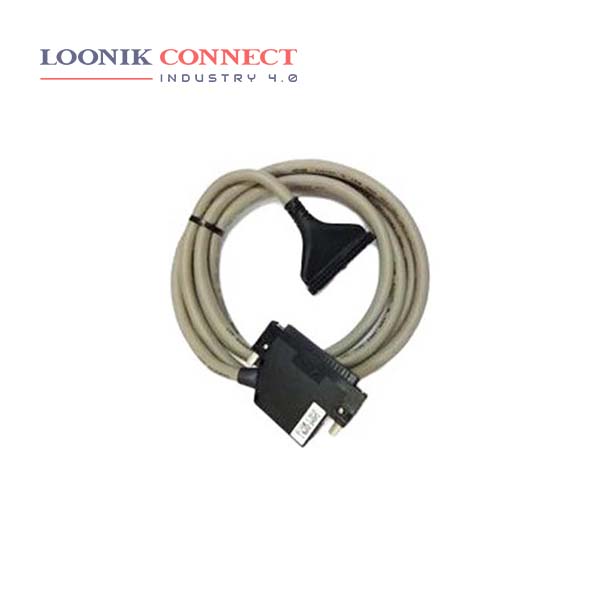These are the terminals where you apply voltage to in order to give power to the coils (which then will close the switch). Polarity does not matter. One side gets positive voltage and the other side gets negative voltage. These have two terminals which can be connected or disconnected. Including two for the coil, such a relay has four terminals in total.
SPST-NC (Single-Pole Single-Throw, Normally-Closed) relays have a single Form B or break contact. As with an SPST-NO relay, such a relay has four terminals in total. Relays are electric switches that use electromagnetism to convert small electrical stimuli into larger currents. These conversions occur when electrical inputs activate electromagnets to either form or break existing circuits.
Let’s start with determining the relay coil pins using a multimeter. Set the multimeter to resistance measuring mode with a scale of 1000 ohm since the coil resistance normally ranges between 50 ohm and 1000 ohm. 2. Turn back the relay to see pins located at its bottom part.










